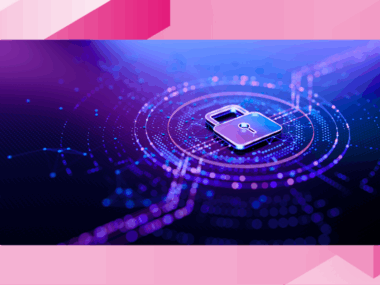What Is Missing From Your Security Operations Strategy?
Notice: This blog post was originally published on Indeni before its acquisition by BlueCat.
The content reflects the expertise and perspectives of the Indeni team at the time of writing. While some references may be outdated, the insights remain valuable. For the latest updates and solutions, explore the rest of our blog
Countless companies consider cybersecurity a standalone issue. They view it as a task relegated for IT or a comparable department. Unfortunately, there’s a major problem with that approach: Cyberattacks are more sophisticated and resilient than ever before, which means a siloed defense effort isn’t enough — all hands need to be on deck.
When it comes to IT infrastructure management, a Vanson Bourne survey revealed that too many companies still adhere to a fractured approach. To break down these data silos and integrate information across departments, many companies manage cybersecurity through their security operations centers, or SOCs. Cybersecurity oversight shouldn’t start and end with this team of specialists, though. These teams need extra support to spot any issues related to system health.
An issue as complex as cybersecurity could easily overtax resources and hurt a company’s ability to act quickly. Balancing efficiency with effectiveness won’t be easy for SOCs unless they embrace emerging technologies like security infrastructure automation, or SIA, to supplement their work.
SIA: The Missing Key to Cybersecurity
SIA automates the aspects of cybersecurity that require the most time, labor, and attention to detail. Specifically, security automation detects issues in security devices like firewalls to ensure they’re correctly configured and operating according to best practices.
Manually performing this work requires a team of technicians performing systematic checks; if anything falls through the cracks, it could leave considerable holes in a company’s cybersecurity. Automating those same responsibilities keeps security devices fully functional without requiring extensive input or attention from SOC staff members.
SIA uses several different components to digitize complex responsibilities. The SOC team can define how automation should interact with data, inform how that data gets processed, indicate which devices to access it through, set how to use credentials, and decide where data is stored. Based on the data processing parameters, the real “work” of SIA is collecting data from network and security devices.
A series of protocols allow the automation platform to access data from across the enterprise, breaking down silos to collect all information relevant to how devices are configured and performing. Finally, a user interface presents data that generates insights and provides email notifications when critical issues arise.
Collectively, these features automate the most challenging aspects of cybersecurity and only involve SOC staff members when their attention is required. Cybersecurity improves because the security infrastructure is at full strength. Meanwhile, the SOC team spends less time on routine monitoring and more time on the essential elements of IT infrastructure management.
Do You Need SIA?
SIA isn’t appropriate for everyone, particularly companies that have relatively few security devices. Assess the following three areas to fully understand whether SIA is a viable option for your team:
- Business Level: If security concerns continue to hold back revenue-driving initiatives, there are only two possible outcomes. Either your DevOps team will ignore those concerns and potentially put the company and its clients at risk, or the company will proceed too cautiously and miss out on competitive opportunities. SIA yields more consistent cybersecurity operations so companies can confidently implement their business objectives.
- Manager Level: There is a severe talent shortage in cybersecurity and operations talent, meaning SOC teams are often stretched thin. As noted earlier, the SOC and network team frequently fail to share information effectively. SIA relieves these management challenges by automatically integrating information and handling the heavy lifting of device monitoring. It’s an excellent resource for managers who need to do more with less.
- User Level: The security operations team can deliver its best effort and still come up short. Team members may be unable to complete urgent maintenance or important setup tasks on schedule because they lack time and resources. And when the network inevitably experiences slow performance or an outage, network and security operations receives unfair blame. SIA empowers end users to do their best work by automating overwhelming responsibilities like device-issue detection and first-level triage.
Most companies understand cybersecurity necessitates a sizable investment of time and capital. SIA extends that investment by significantly ensuring the availability of those security devices without the need to recruit more staff members. If your company struggles to manage the cost, complexity, or consequences of cybersecurity, strongly consider adding an asset like SIA to experience the benefits of infrastructure automation.



